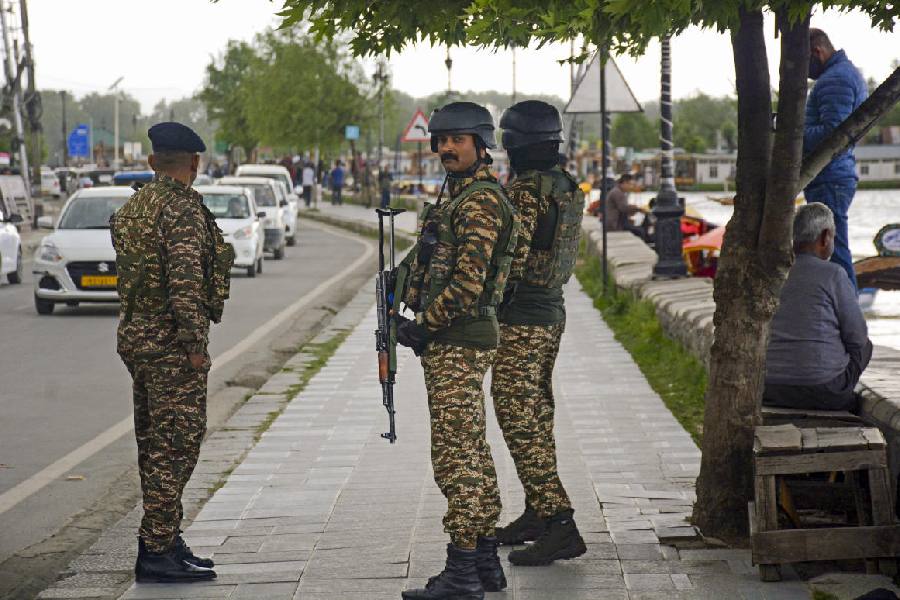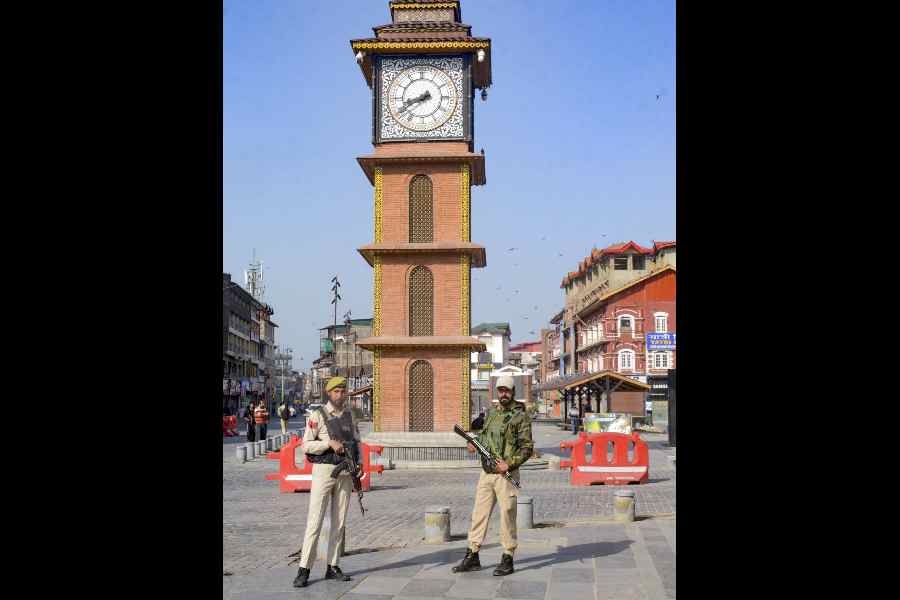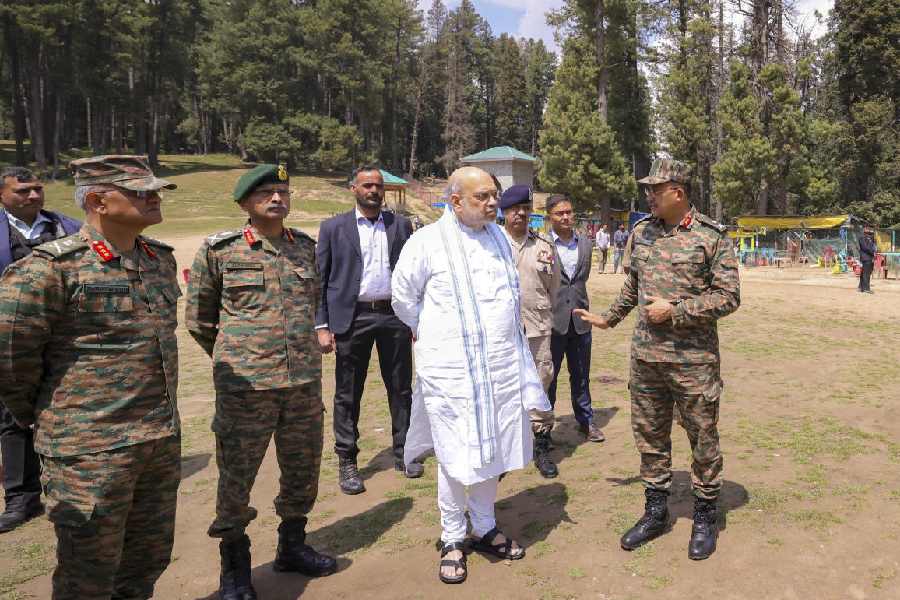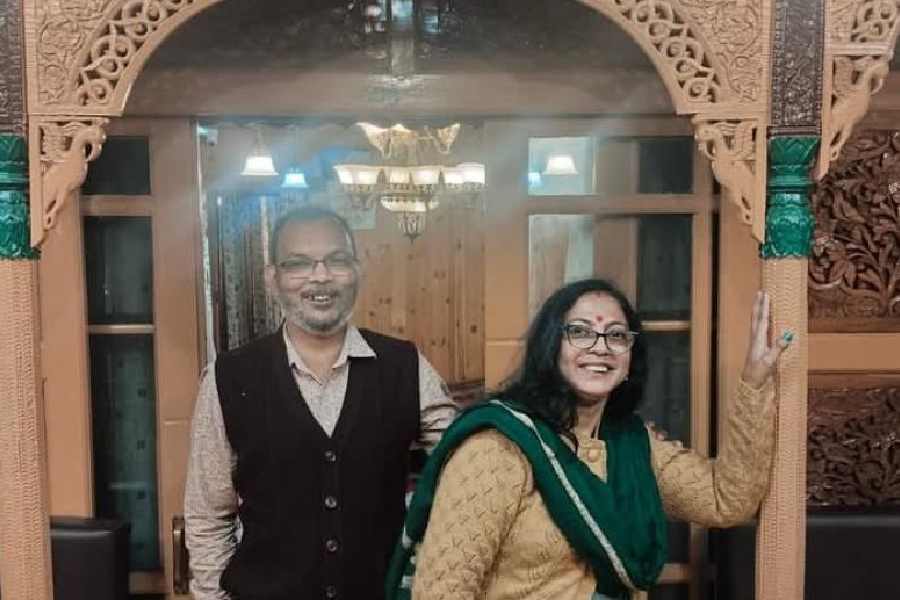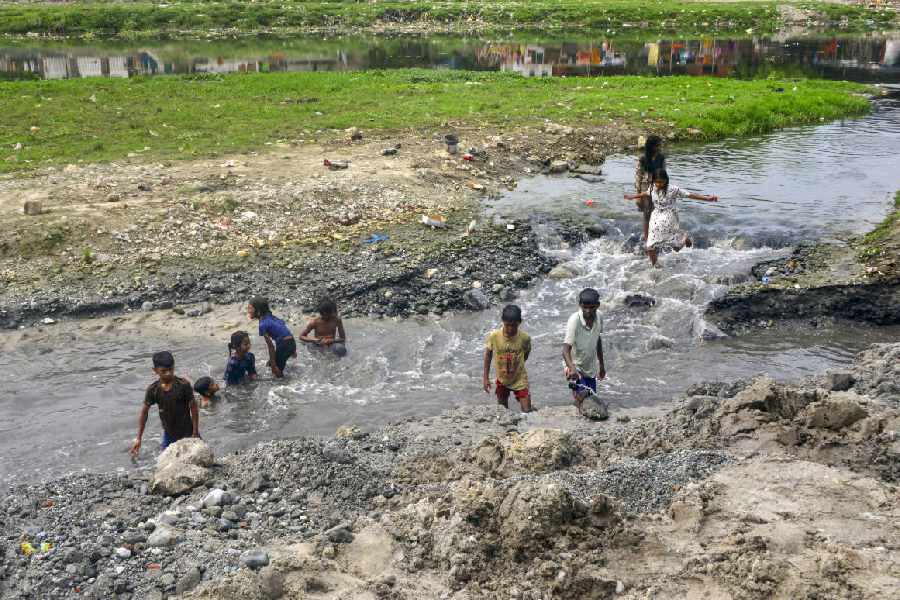 |
| A view of Manas National Park |
Guwahati, June 19: The World Heritage Committee has turned down the boundary modification request by the Centre for Manas, owing to lack of adequate information in the documents submitted.
All these years, Manas has been designated as a wildlife sanctuary in the committee’s records and not as a national park, as it should be.
The area has been inscribed on the World Heritage List as Manas wildlife sanctuary covering 39,100 hectares. This was expanded to 50,000 hectares and designated a national park in 1990.
The information of the expansion, however, was never submitted to the committee for consideration.
The proposal for boundary modification was discussed last year and the Centre submitted a proposal for change in the name of the park in the heritage committee records.
A technical evaluation carried out by International Union for Conservation of Nature (IUCN) on the boundary modification proposal found the submission provided by the Centre as very brief with incomplete details.
“A low resolution black-and-white scan of a map of Manas National Park is included in the proposal but does not make clear the area proposed for consideration and the map also is not at an appropriate scale to determine the specific boundary proposed,” the report said. It also said it was not possible, based on the information submitted, to provide an assessment of the proposal.
“The proposal should have positive benefits but no adequate maps are provided and since the statutory requirements of the World Heritage Committee regarding the necessary quality of mapping in support of a nomination is not met, the proposal is not complete,” the report said.
According to figures provided in the proposal, the increase is from 39,100 to 50,000 hectares, which is a huge increase. “The proposal does not make any comment regarding the integrity and long-term viability of the property and contains no analysis regarding the legal, institutional or financial aspects of the proposal,” the report said.
“The addition of the proposed areas would have a strong potential benefit on the integrity of the property and also add to the outstanding universal value (a key reference for effective management of heritage sites). The areas proposed for inclusion contain an important habitat for many endangered species, including rhino, elephant and buffalo. Furthermore, they are home to important populations of the critically endangered pygmy hog and Bengal florican,” the report said.
The conservation agency said any extension proposal of the park should take into account its integrity and long-term viability and should not include heavily encroached areas.
“It appears likely the areas proposed for inclusion do include heavily encroached areas that may not meet requirements of the operational guidelines. These substantive issues regarding additional areas are also a key reason why the process for extension is required and not a minor boundary modification process, since the revision would have a material (and potentially positive) impact on the defined outstanding universal value,” the report said.
The heritage committee has requested the Centre to submit by February 1, 2014, an updated report on the state of conservation, including a report on the progress achieved in addressing the issue of fund release and implementation of other recommendations.


